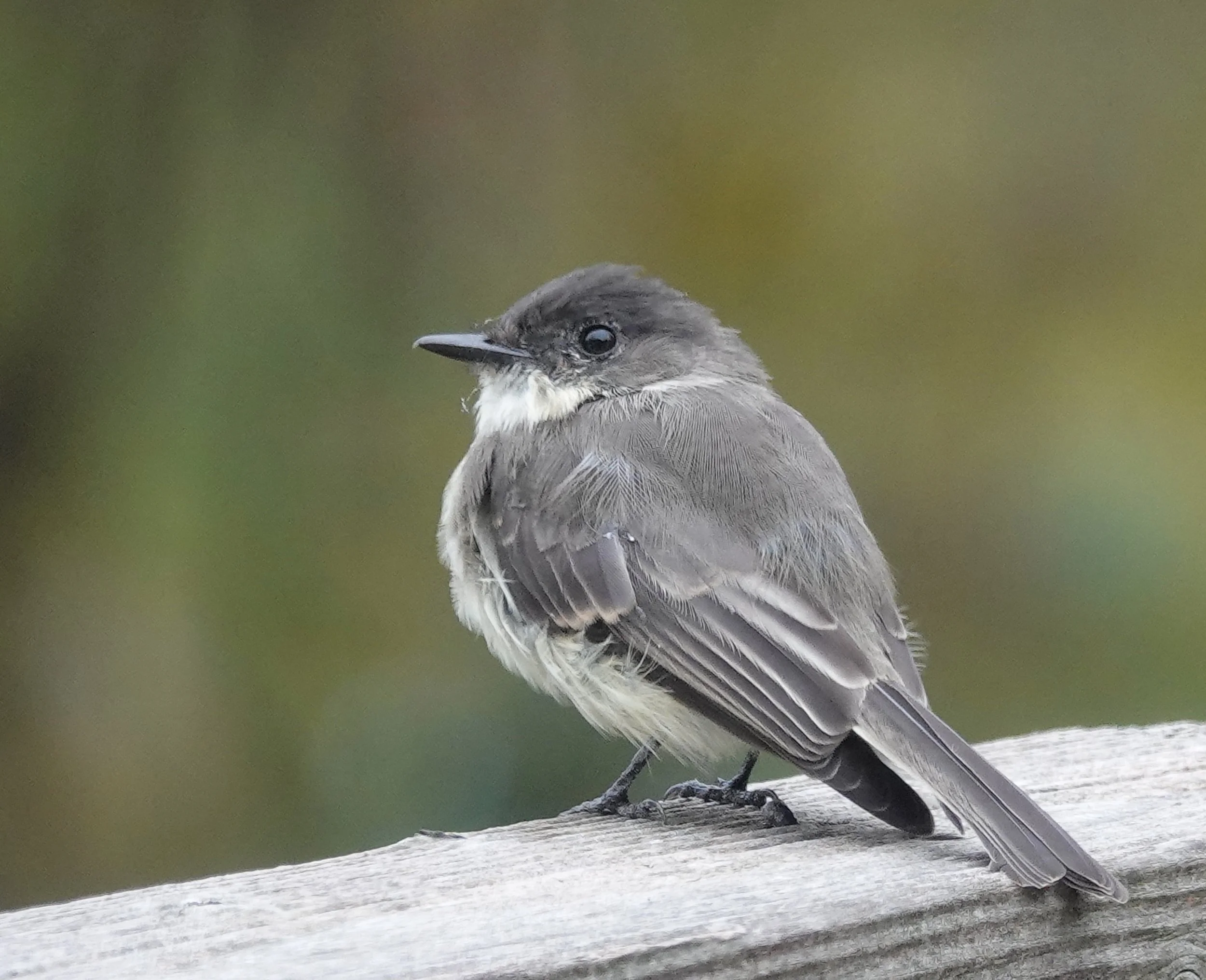Naturally
I rose early on a gray morning.
I’d heard a great horned owl calling during the night. It was likely claiming a territory. I found sleep difficult to corral. It wasn’t that the hooting was so loud. It was because I wanted to hear what the owl had to say.
I saw some college-aged pheasants flying across the road. I enjoyed seeing them. Their population has declined since my boyhood days due to habitat loss—there isn’t enough grassland for nesting, and there are fewer cattail marshes for pheasants to find shelter from the cold weather.
Five trumpeter swans glowed white in a blackened farm field, sticking out like five thumbs that weren’t sore. Every sighting of a bird brings a sense of awe and reward, and seeing those lovely swans did that for me.
The feeders weren’t busy. There were still plenty of natural food trucks supplying birds with food like seeds and berries. Blue jays were the best customers at my feeders.
The multicolored Asian lady beetle is also known as the Asian lady beetle, Halloween lady beetle, harlequin ladybird beetle, pumpkin ladybird beetle, multivariate lady beetle and Japanese lady beetle (not to be confused with the Japanese beetle). Asian lady beetles were introduced in 1916 and reintroduced in 1964-65 to control pecan aphids. From 1978 to 1982, Asian lady beetles were released in Connecticut, Delaware, Georgia, Louisiana, Maine, Maryland, Mississippi, Ohio, Pennsylvania and Washington for biological control. The released beetles spread. Asian lady beetles were never introduced to Minnesota for biological control measures, but traveled here and were first documented in 2004. Multicolored Asian lady beetles are drawn to soybean fields, where they feast on aphids throughout the growing season. Once the beans are harvested and temperatures begin to drop, the beetles look for a warm place to spend the winter. They migrate en masse toward buildings—particularly the sunny, south-facing walls of light-colored structures. Unlike our beloved native ladybugs, these beetles can bite, and they emit a foul-smelling yellow fluid when disturbed. They don’t reproduce indoors, but they do hibernate in large groups in warm, protected spots in attics, wall voids, or behind trim and baseboards. On warm fall or winter days, they become active again, appearing as surprise guests inside our homes. In Minnesota, lady beetles fly to buildings between late September and late October, when temperatures are above 65°F and before freezing temperatures set in. Look for a distinct black M-shaped marking behind the head to identify it as a multicolored Asian lady beetle.
Q&A
“Do vultures find food by sight or by smell?” All vultures find food with their incredible eyesight, but turkey vultures have a keenly developed sense of smell, which they can use when foraging for carrion. It’s not clear to what extent turkey vultures rely on their eyesight versus their ability to smell.
“Are there lizards in Minnesota?” Minnesota is home to three lizards. The speedy six-lined racerunner, its name evoking an image of a vehicle manufactured by Dodge, occurs in southeastern Minnesota in sandy grasslands or forest clearings. The five-lined skink is associated with forest openings in southeastern and southwestern counties. The prairie skink is widely distributed in Minnesota, where it can be found in grasslands with well-drained, sandy soils.
“Do black bears reuse dens?” There are reports of individual bears using a particular den site more than once, but as a rule, they don’t return to the same den. According to the North American Bear Center, rock crevices and caves are used as dens, and can remain usable for centuries, but usually not by the same bear or in successive years. The den that researchers found being used the most during four decades of study was used three times, each time by a different bear, and each time after an interval of six years. Dens are dug into hillsides or under the root systems of trees. These dens may be dug during the summer months, long before they are needed. Excavated dens often collapse after use and, because of that, are seldom reused. Bears may den under the crown of downed trees, in standing hollow trees or in brush piles, or they may rake up a bed on the ground near a windbreak.
“What preys on bats?” Bats have few predators. Owls, cats and raccoons occasionally prey on them. The Congress Avenue Bridge spans Lady Bird Lake in downtown Austin, Texas, and is home to 1.5 million Mexican free-tailed bats. I didn’t count them. Before sunset, the bats emerge from under the bridge to forage for insects. I’ve watched those bats being eaten by hawks and snakes.
Thanks for stopping by
“Mystery creates wonder and wonder is the basis of man's desire to understand.”—Neil Armstrong.
“What the caterpillar calls the end of the world, the master calls a butterfly.”—Richard Bach.
Do good.
©️Al Batt 2025
I enjoy the company of an eastern phoebe and its distinctive tail wag. Why don’t we see this bird in the cold-weather seasons? It’s because flying insects make up most of its diet. A raspy “fee-bee” song gives the flycatcher its name. In Greek mythology, Phoebe was a Titan, the daughter of “Earth” (Gaia) and “Sky” (Uranus). In 1804, Audubon attached a silver thread to an eastern phoebe’s leg, making it the first banded bird in North America. Photo by Al Batt.

